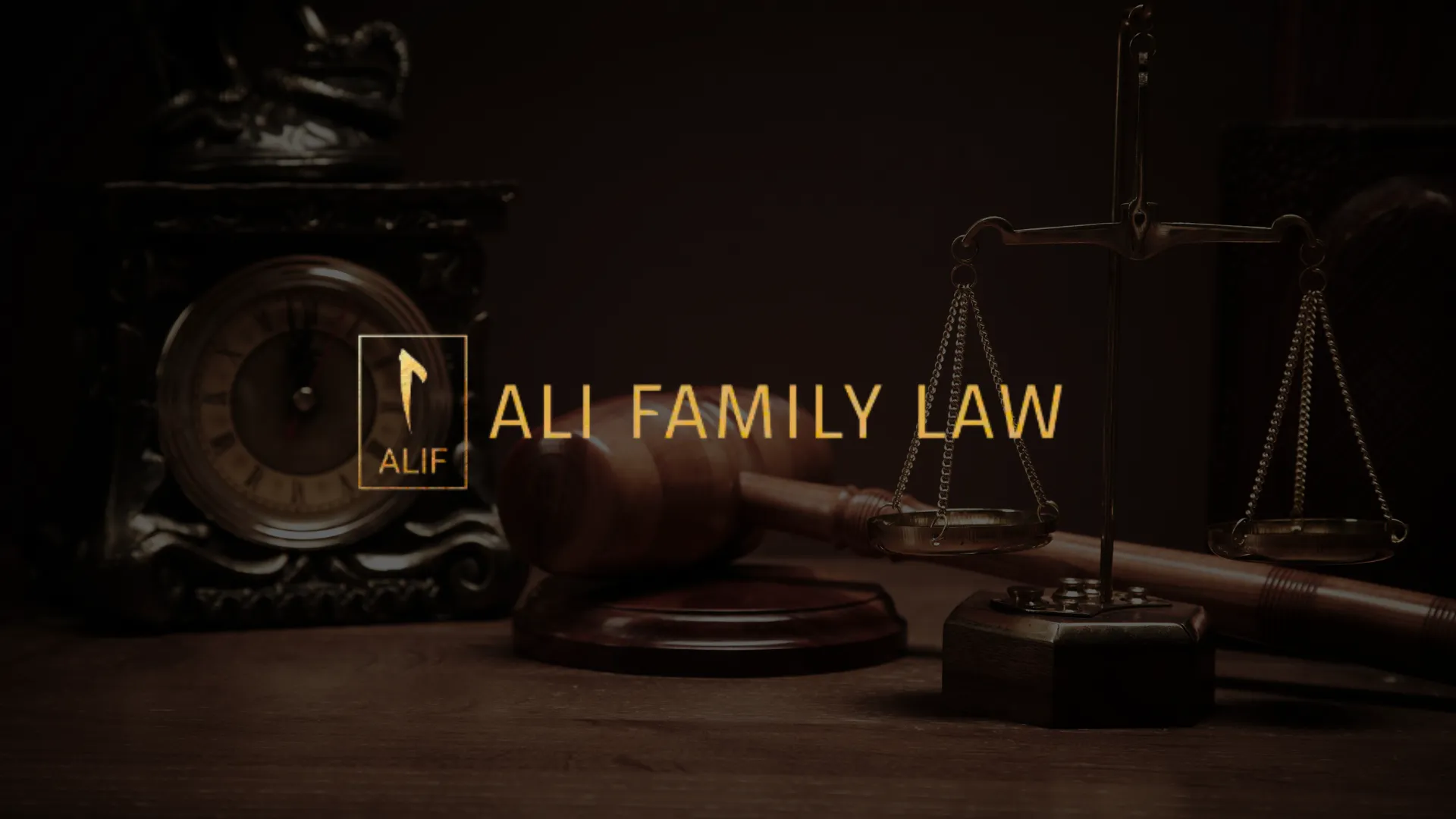In the realm of digital marketing, businesses often grapple with the decision between investing in paid ads or focusing on organic SEO. Both strategies have their merits and can significantly impact a company’s online visibility, traffic, and ultimately, revenue. This blog post will explore the key differences between paid ads and organic SEO, helping you determine which approach is right for your business.
Understanding Paid Ads and Organic SEO
Paid Ads, commonly referred to as Pay-Per-Click (PPC) advertising, allow businesses to display their advertisements prominently on search engine results pages (SERPs). Platforms like Google Ads enable marketers to bid on keywords relevant to their products or services, ensuring immediate visibility.
Organic SEO, on the other hand, involves optimizing a website to rank higher in search engine results without direct payment for placements. This method relies on creating high-quality content, improving site structure, and acquiring backlinks to enhance relevance and authority in the eyes of search engines.
Key Differences Between Paid Ads and Organic SEO
| Aspect | Paid Ads | Organic SEO |
|---|---|---|
| Cost | Pay-per-click model; ongoing costs | Initial investment with long-term benefits |
| Time Frame | Immediate results; ads go live quickly | Takes time (months) to see significant results |
| Longevity | Short-term; disappears when budget ends | Long-term traffic potential once ranked |
| Visibility | Appears at the top of SERPs | Ranks below paid ads on SERPs |
| Credibility | Less trust; users recognize ads | Higher credibility; perceived as earned |
| Click-Through Rate | Generally lower than organic listings | Higher CTR due to perceived trustworthiness |
Advantages of Paid Ads
- Instant Visibility: One of the most significant advantages of paid ads is the ability to achieve immediate visibility. Once your campaign is launched, your ads can appear at the top of search results within minutes.
- Precise Targeting Options: Paid advertising allows for detailed targeting based on demographics, interests, and user behavior, helping connect with potential customers actively searching for your services.
- Control Over Budget: With PPC campaigns, businesses can set daily budgets and adjust spending based on performance, offering better financial management.
- Data Insights for Optimization: Running paid campaigns provides valuable data regarding keyword performance, user engagement, and conversion rates, informing both paid and organic strategies.
- Quick Testing of Strategies: Paid ads enable rapid testing of various messages and offers, allowing businesses to identify what resonates best with their audience quickly.
Advantages of Organic SEO
- Cost-Effectiveness Over Time: While organic SEO requires an upfront investment in content creation and optimization, it yields a higher return on investment (ROI) over time as traffic continues without ongoing costs.
- Sustained Traffic Growth: Once a website achieves high rankings through effective SEO practices, it can maintain those positions with minimal additional investment, leading to a steady flow of traffic.
- Enhanced Credibility and Trust: Users tend to trust organic listings more than paid ads since they view them as earned rather than purchased, leading to higher conversion rates.
- Long-Term Results: Although it takes time to see results from SEO efforts, the benefits are cumulative and can last for years if maintained properly.
- Supports Other Marketing Channels: A strong organic presence can enhance other marketing efforts, including social media marketing and email campaigns, by driving consistent traffic.
When to Choose Paid Ads
- Immediate Results Needed: If your business has urgent goals such as product launches or seasonal promotions that require quick visibility.
- Limited Time Frame: When you need to drive traffic within a specific timeframe but lack the time for an organic strategy to take effect.
- Testing New Markets or Products: If you’re exploring new markets or testing new products where immediate feedback is necessary.
- Budget Flexibility: When you have a budget that allows for continuous investment in PPC campaigns without straining resources.
When to Choose Organic SEO
- Long-Term Growth Strategy: If you’re looking for sustainable growth over time rather than quick wins.
- Cost Constraints: When your budget is limited and you cannot afford ongoing ad spend but can invest in content creation and optimization.
- Building Brand Authority: If your goal is to establish your brand as an authority in your industry through valuable content that attracts organic traffic.
- Audience Engagement Focus: When you want to create a loyal customer base through engaging content that resonates with users over time.
Combining Paid Ads and Organic SEO
Rather than viewing paid ads and organic SEO as mutually exclusive strategies, many businesses find success by integrating both approaches. Here’s how they can complement each other:
- Data Utilization: Use insights from PPC campaigns to identify high-performing keywords that can inform your organic content strategy.
- Amplifying Successful Content: If certain pages perform well organically, consider running targeted ads to enhance visibility further and drive more traffic.
- Testing Grounds for Content Ideas: Use paid campaigns as a testing ground for new content ideas before committing them fully to an organic strategy.
- Balanced Approach for Different Goals: Employ paid ads for short-term goals while simultaneously building a robust organic presence for long-term sustainability.
Ultimately, many successful businesses leverage both strategies in tandem—using paid ads for quick wins while cultivating a strong organic presence that drives consistent traffic over time. By understanding the strengths and weaknesses of each approach, you can make informed decisions that align with your overall marketing objectives and ensure ongoing success in the digital landscape.



